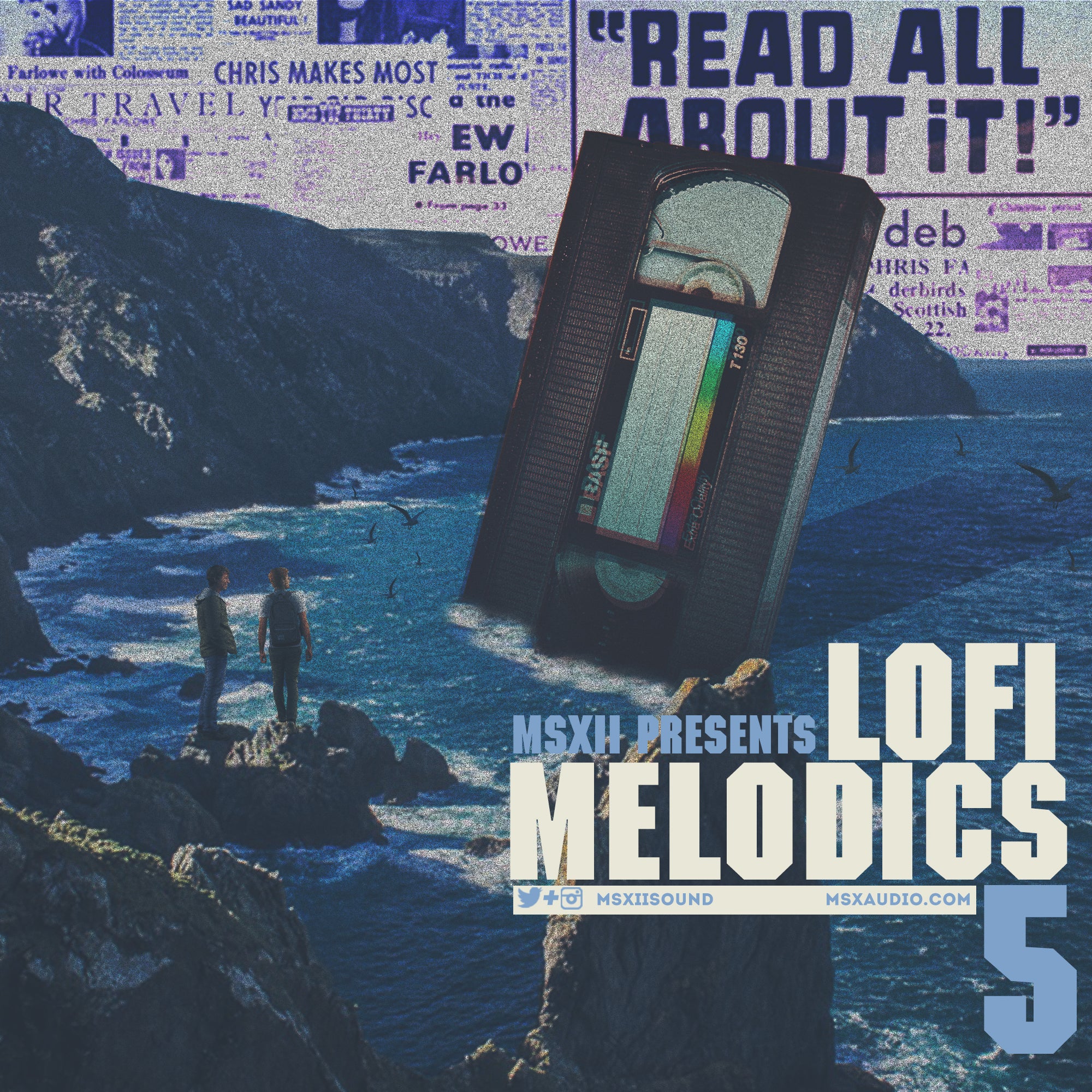

This step shows the D melodic minor key signature on a treble clef musical staff, together with a table showing the note adjustments that need to be made relative to the natural minor scale.īelow is a table showing the note name adjustments that describe the difference between this melodic scale note and the natural minor scale, whose key signature it uses. The next step will show the D natural minor key signature as a basis for calculating this melodic minor key signature. In ths case, the melodic minor scale having the same note pitches played in the same order is the D melodic minor scale, so its key signature will be used instead below. So rather than use this complex key signature, usually the key signature of a simpler equivalent scale would be used. This melodic minor scale is based a natural minor scale that is not on the circle of 5ths - Ebb natural minor scale, which means that its key signature would have double sharps or flats.
THE MELODICS 4D HOW TO
To understand why the E-double-flat melodic minor scale has 4 double-flats, 3 flats, have a look at the Ebb melodic minor scale page, which shows how to identify the note positions and names for this scale. The Ebb melodic minor scale has 4 double-flats, 3 flats. This step shows the number of sharps or flats in this theoretical melodic minor scale On the bass clef, Middle C is shown with an orange ledger line above the main 5 staff lines. Rather than use a key signature that would in theory contain double sharps or flats, usually the key signature of the replacement minor scale D, above is used, as shown below. These note names are shown below on the treble clef followed by the bass clef. > The D melodic minor scale sounds the same / contains the same note pitches, which are played in the same order, and so it can be used as a direct replacement for the E-double-flat melodic minor scale. > There is always an identical melodic minor scale that you can use in its place, which is on the Circle of 5ths. > It is not shown as a minor key on the Circle of fifths diagram, which contains the most commonly used minor keys. > It is rarely used in practice, because it is too complex to use. > Its key signature would contain either double-sharps or double flats. Warning: The E-double-flat key is a theoretical melodic minor scale key. The E-double-flat melodic minor scale has 4 double-flats, 3 flats. This step shows the enharmonic equivalent of the Ebb melodic minor scale key signature on the treble and bass clef, including the note name adjustments relative to the natural minor scale in the same key.


 0 kommentar(er)
0 kommentar(er)
